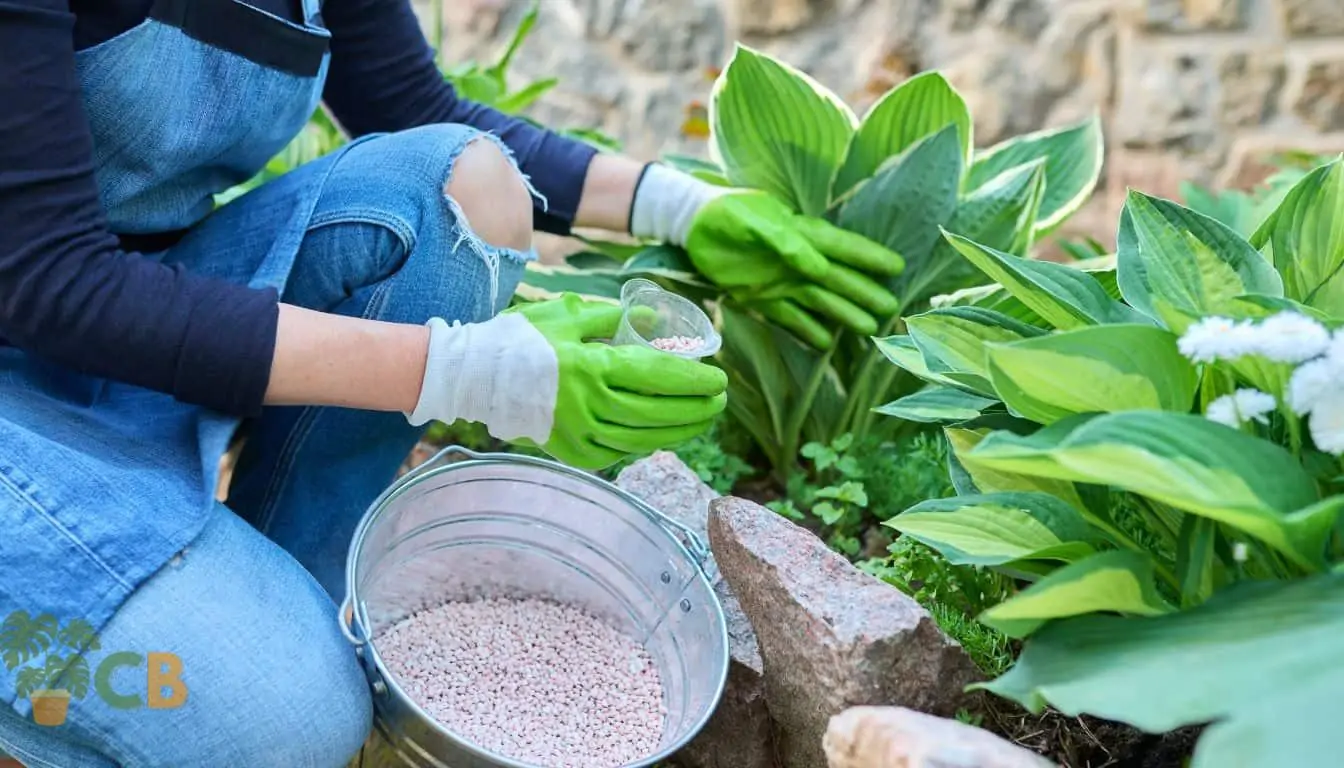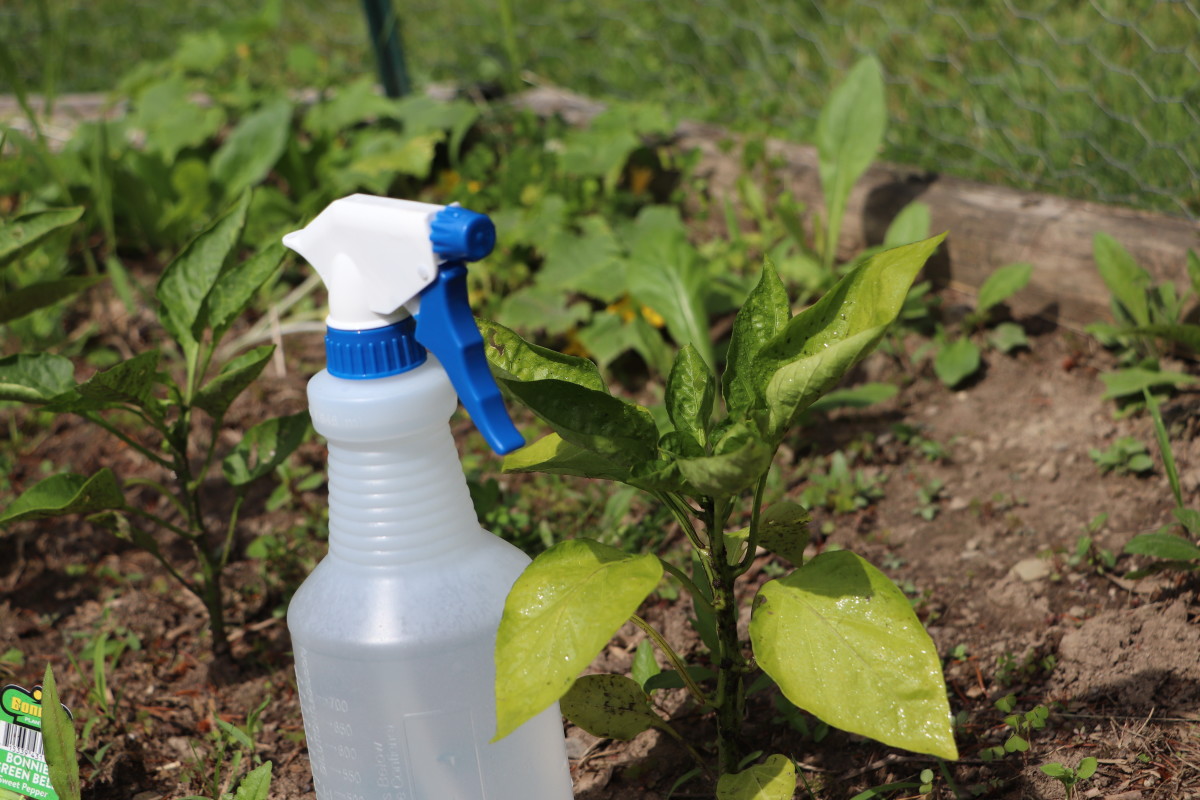Explore Why Some Plants Deny Epsom Salt as a Nutrient Resource
In the elaborate world of plant nutrition, the being rejected of Epsom salt as a sensible nutrient source by some plants poses a fascinating problem. The factors behind this discerning behavior dive into a complicated interaction of plant absorption devices, the one-of-a-kind chemical structure of Epsom salt, and plant-specific nutrient preferences.
Plant Absorption Devices
In diving right into the intricate realm of plant absorption mechanisms, it comes to be obvious that the procedure is governed by an innovative interplay of molecular pathways and physical characteristics. Plants absorb nutrients mostly through their roots, utilizing different transport systems to uptake essential aspects such as nitrogen, potassium, magnesium, and phosphorus. Magnesium, an essential element in chlorophyll synthesis and enzyme activation, plays a critical role in plant growth and development.
The absorption of magnesium entails numerous actions, beginning with its availability in the soil solution. As soon as dissolved, magnesium ions are occupied by plant origins via certain transport healthy proteins installed in the cell membrane layers. These proteins facilitate the activity of magnesium across the root cell walls and into the plant's vascular system, where it is after that dispersed to various tissues to support various physical functions.
Comprehending the detailed devices behind magnesium absorption in plants clarifies exactly how this necessary nutrient adds to overall plant health and wellness and performance. By maximizing magnesium uptake paths, growers can boost crop returns and high quality, highlighting the value of understanding plant absorption characteristics for sustainable agriculture practices.
Epsom Salt Chemical Framework
The chemical framework of Epsom salt, additionally recognized as magnesium sulfate heptahydrate, exposes a distinctive arrangement of elements that contribute to its one-of-a-kind buildings and applications. The 7 water particles are loosely bound to the magnesium sulfate compound, enabling it to dissolve conveniently in water and be readily taken up by plants via their origins.
The crystal framework of Epsom salt forms monoclinic prisms, which are lengthened crystals with parallel ends. This crystal shape affects the physical residential properties of Epsom salt, such as its structure and solubility. Comprehending the chemical framework of Epsom salt is crucial for understanding its habits as a nutrient source and its communications with plants in horticultural and agricultural practices.
Plant-Specific Nutrient Preferences
Plants display unique preferences for specific nutrients, emphasizing the importance of understanding their specific requirements for optimum development and growth. These choices are dictated by various variables, including the plant varieties, stage of growth, environmental conditions, and dirt structure. For instance, some plants might prosper in nitrogen-rich dirts, while others need even more phosphorus or potassium for healthy growth. Comprehending these plant-specific nutrient choices is crucial for optimizing plant returns, improving ornamental plant growth, and promoting total plant health - what plants don't like epsom salt.

Plant-specific nutrient choices can also differ based on whether the plant is a monocot or dicot. By tailoring nutrient supplementation to fulfill the specific requirements of each plant types, farmers can enhance plant growth, decrease nutrient waste, and assistance lasting farming techniques.

Soil Ph and Nutrient Uptake
Soil pH plays an important function in establishing the schedule of vital nutrients for plant uptake. Acidic dirts with a lower pH are positive for plants like azaleas and blueberries, while alkaline dirts with a higher pH match plants such as lavenders and clematis.
Dirt pH influences the chemical forms of nutrients in the dirt. In acidic soils, nutrients like light weight aluminum, manganese, and iron can end up being a lot more available, but too much level of acidity can result in toxicity issues. On the other hand, alkaline dirts may limit the schedule of nutrients like zinc, iron, and copper, impacting plant development. Keeping the appropriate pH degree in the dirt is vital for making certain that plants can effectively uptake the required nutrients for their healthy development and performance.
Hereditary Aspects in Nutrient Uptake
In the world of plant nourishment, Discover More the interaction of genetic variables considerably affects the uptake of crucial nutrients critical hop over to these guys for plant growth and growth. Hereditary elements play a critical duty in shaping a plant's ability to take in and use nutrients successfully.
In addition, hereditary factors likewise figure out the efficiency of nutrient uptake systems within plants. Some plants may possess genetic attributes that improve their capability to scavenge nutrients from the dirt efficiently, providing them an affordable benefit in nutrient-poor settings. On the other hand, genetic variants can likewise cause restrictions in nutrient uptake, making sure plants more prone to deficiencies even when nutrients are abundant in the soil.
Recognizing just how hereditary factors affect nutrient uptake is critical for developing methods to maximize plant nourishment and enhance plant efficiency in various agricultural setups. By deciphering the genetic devices involved in nutrient uptake, scientists can work in the direction of creating genetically improved plant selections with enhanced nutrition procurement capacities.
Final Thought

In the complex globe of plant nutrition, the rejection of Epsom salt as a practical nutrient resource by some plants positions a fascinating conundrum. what plants don't like epsom salt. Recognizing these plant-specific nutrient preferences is crucial for making best use of plant yields, boosting decorative plant development, and promoting overall plant health
By tailoring nutrient supplements to satisfy the specific demands of each plant types, growers can enhance plant development, decrease vitamins and mineral waste, and support sustainable farming techniques.
In the world of plant nourishment, the interaction of genetic elements substantially affects the uptake of necessary site here nutrients important for plant development and growth. Comprehending these complexities in plant nutrient uptake is crucial for maximizing plant development and health and wellness in agricultural techniques.
Comments on “Garden Mistakes: What Plants Don't Like Epsom Salt and Exactly How to Stay clear of Them”